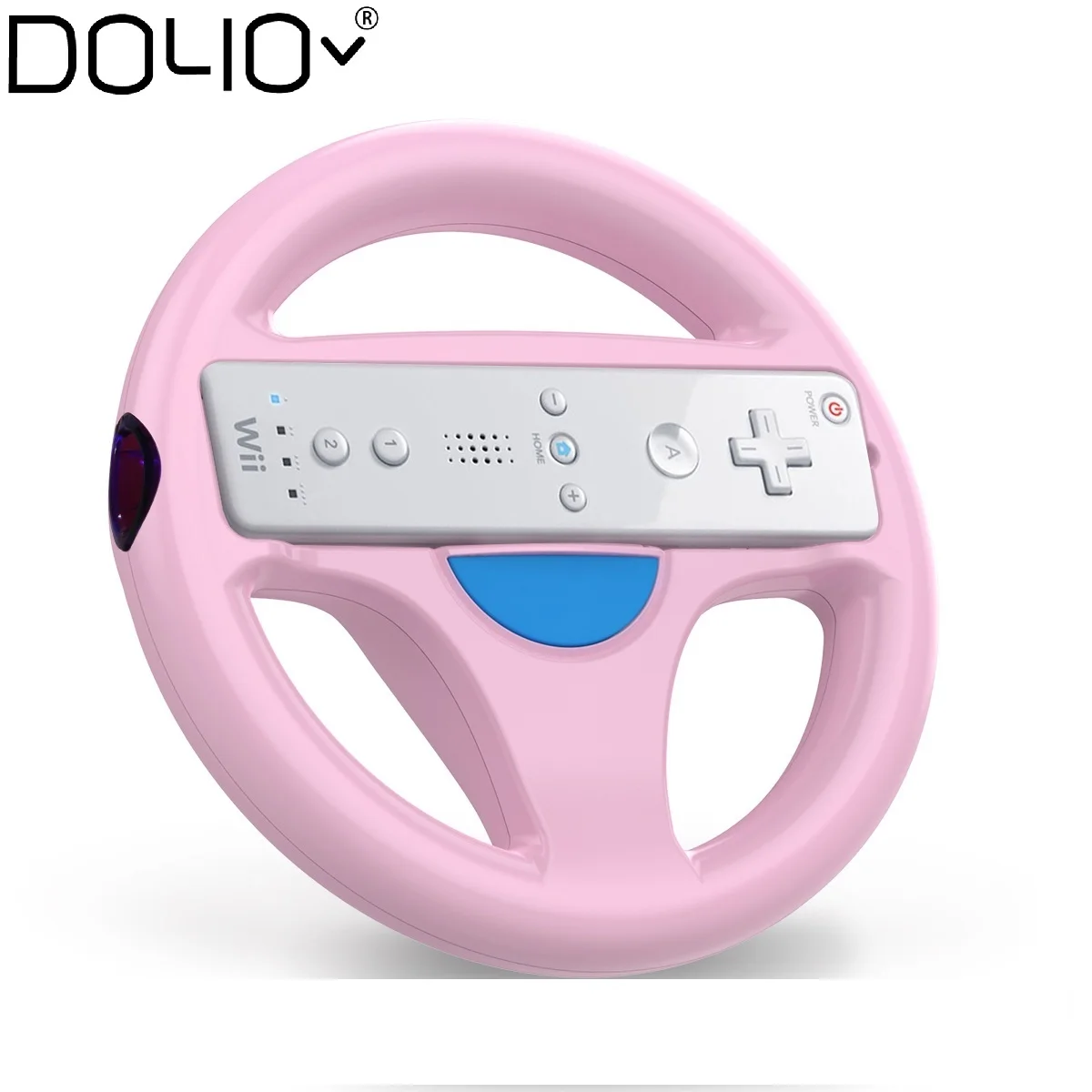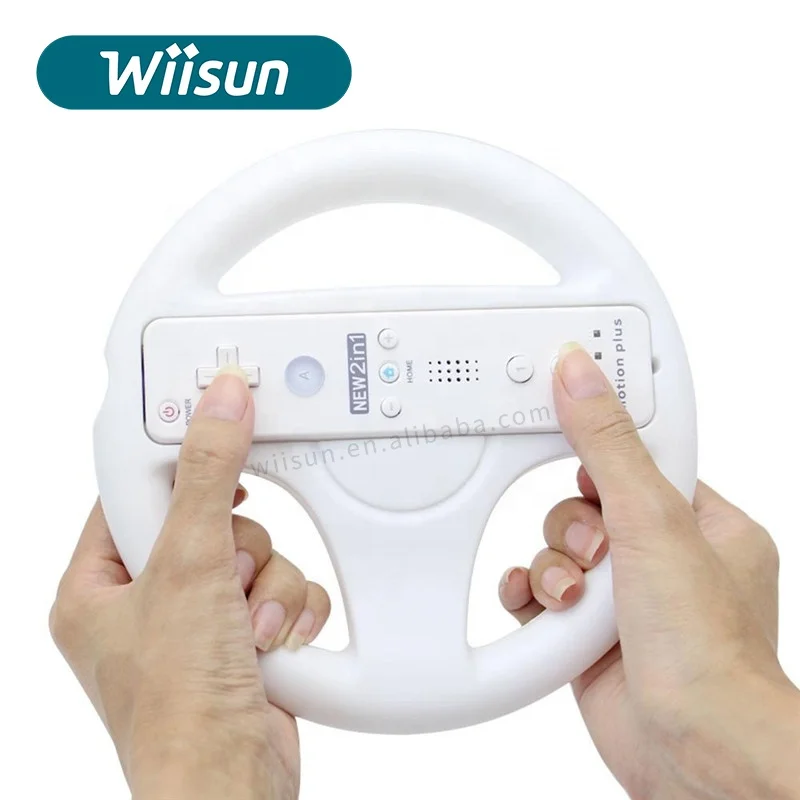

#Wii mario kart controllers free#
Unfortunately, it doesn't necessarily free the lefties like the other style does since unless they want to turn their brains upside down they have to move with left thumb & action on right thumb. This, of course, can allow for more gameplay possibilities with the motion-sensing & pointer capabilities inherent in the controls.Īnd of course there's always what you could call the 'Roots' style when you turn solo Wiimote sideways in the 'NES formation' where the '1' & '2' button become action buttons & control pad returns to primary movement master. You can have one hand down, one hand up, both hands at ease on sides, one pointing forward, other hanging back. It also allows for a more relaxed laidback style of play since both arms don't necessarily have to be 'at attention' as they grip the controller. The versatility of this style is that left-handed people are no longer confined to the tyranny of the righties being just as able to hold Wiimote in left hand & Nunchuk in right to their choosing. The Wiimote's 'B' trigger mostly operates as the old 'R' trigger with 'A' button operating as primary action button & the Nunchuk's 'Z' shoulder trigger mostly operates as the old 'L' trigger with 'C' button operating as the co-lead action button or secondary action button. Many games play in what I call 'Broken Plank' style where essentially it controls like an old dogbone controller but one hand holds the Wiimote over to the side by the lap while the other hand holds the Nunchuk with arm resting on the sofa arm. Nintendo upended their NES standard introducing the Wii standard which adds loads of versatility not just in motion-sense control but also in the many ways it can overlap the old standard. All controllers since have been built upon this paradigm model (I hate the word 'paradigm') & its evolutions (shoulder triggers, analog stick) before Wii came out in late 2006.

Over 25 years ago, Nintendo introduced what we now call the traditional way of playing: control plank resting in palms comfortably supported by fingers played primarily with the thumbs. Volleyball and badminton also make for a grand entrance that are suitable additions to a bag filled with varied game modes.When Wii came out with the new control phenomenon known as the Wiimote, it created a divide in the gaming community on the usefulness of the new style. Playing the tennis and bowling game modes don’t exactly bring anything particularly new to the table, but it’s hard not to let muscle memory kick in after an extended period away. Nintendo Switch Sports is a strong continuation of a tried and tested formula that will find near-universal appeal with anybody who remembers the glory days of the Nintendo Wii, or even younger audiences who will wonder what all the fuss was about 15 years ago. It isn’t the most engaging minigame but the novelty can still be appreciated, if only for a short time. It’s fairly simple, with carefully timed leg swings used to try and score a goal that gradually gets narrower with each successive goal. Games only last a few minutes but goals can be scored in quick succession and occasionally a golden ball will appear which gives players double points, giving them a chance to catch up to the rival team.Ī penalty shootout mode is also available but the requirement of another Switch peripheral, the leg strap, may mean some players will miss a chance to play this.

Players can use stamina to sprint around the pitch to attack and defend as well as perform headers, bicycle kicks and more.


 0 kommentar(er)
0 kommentar(er)
